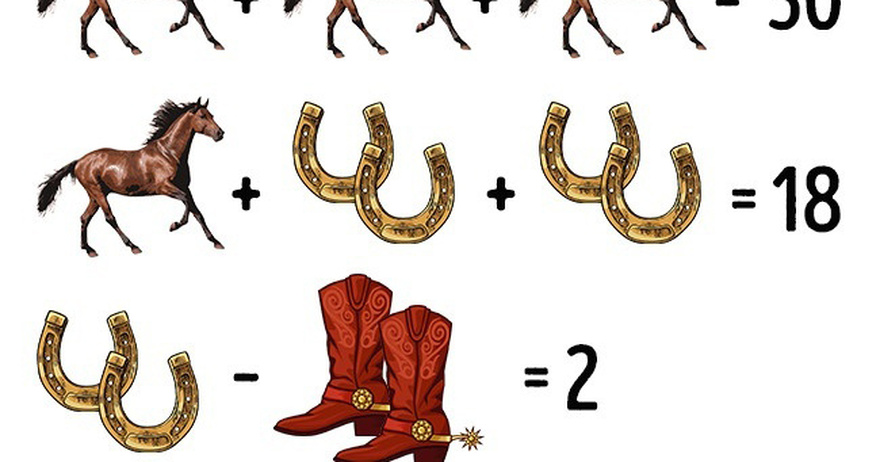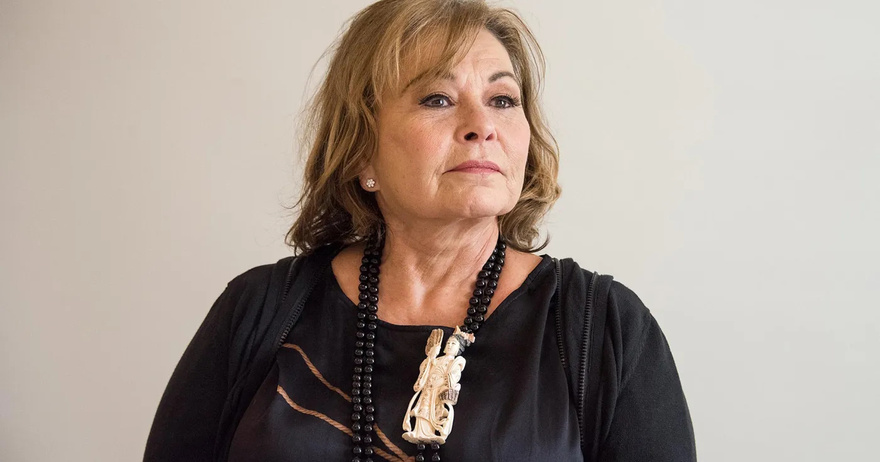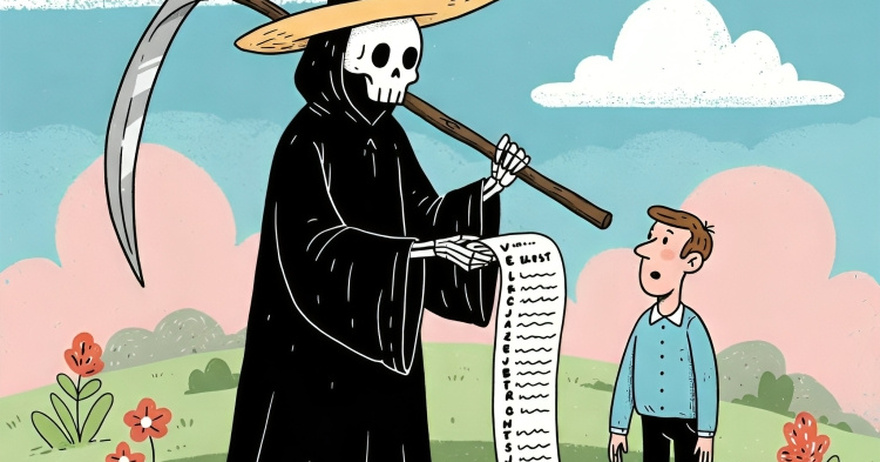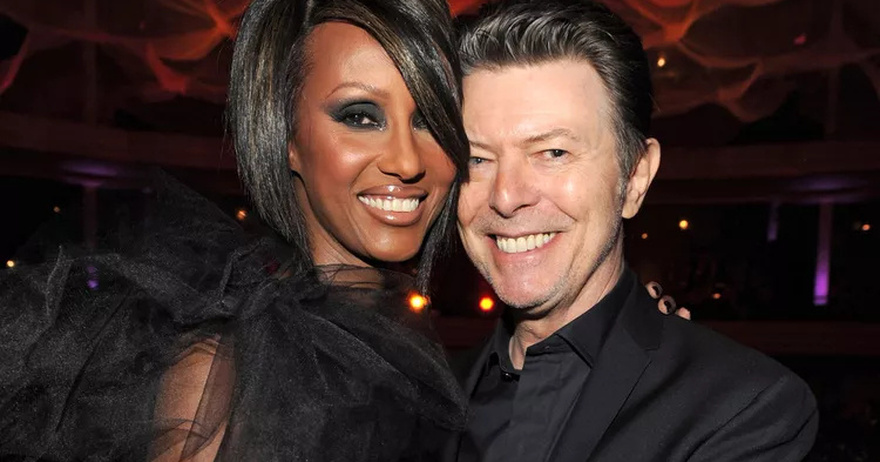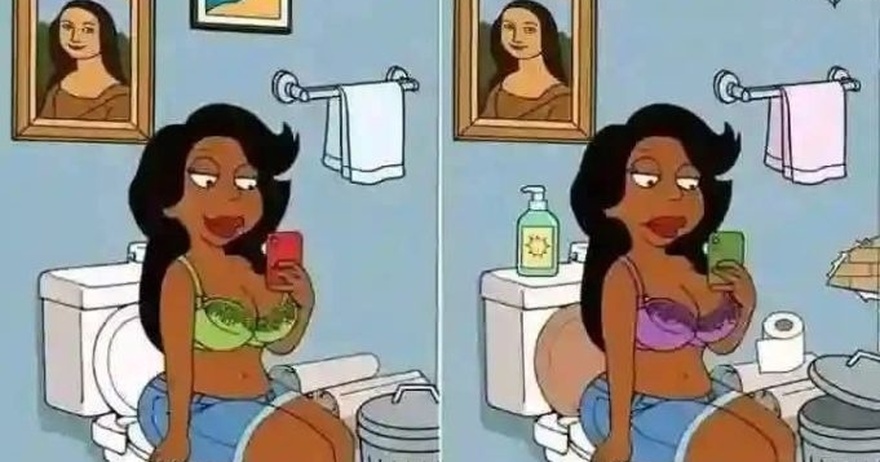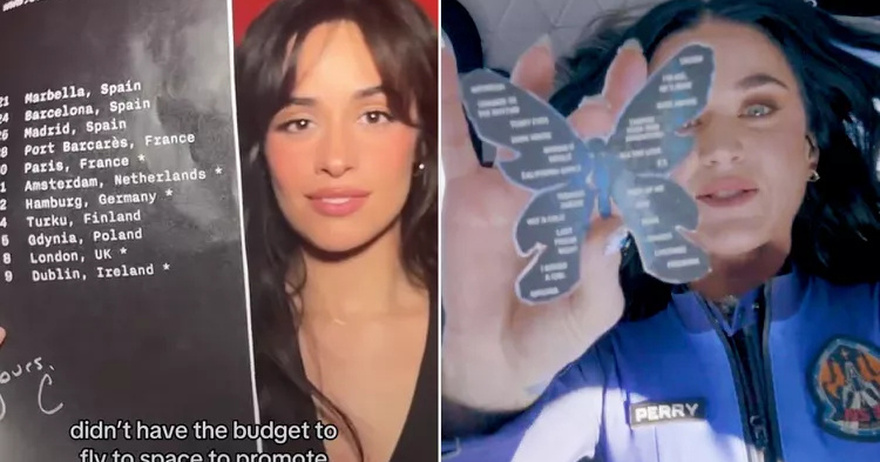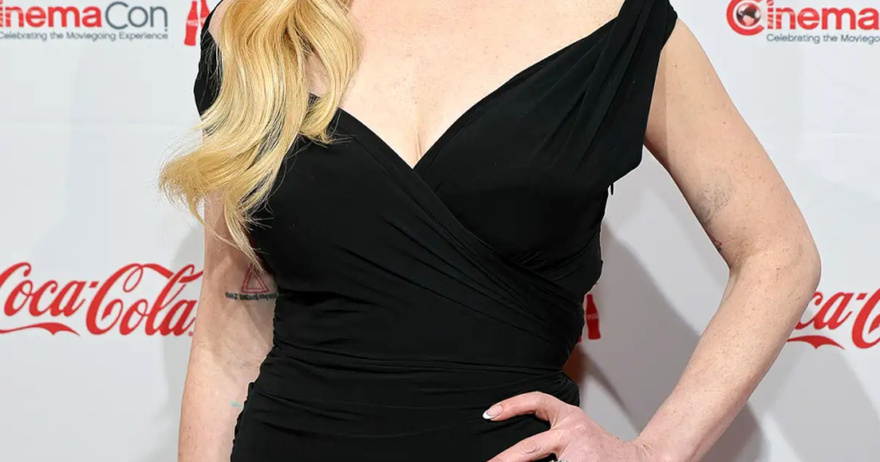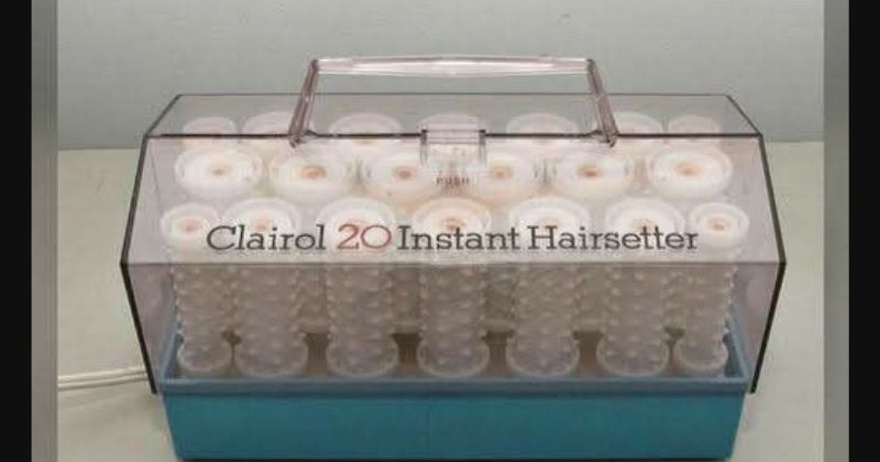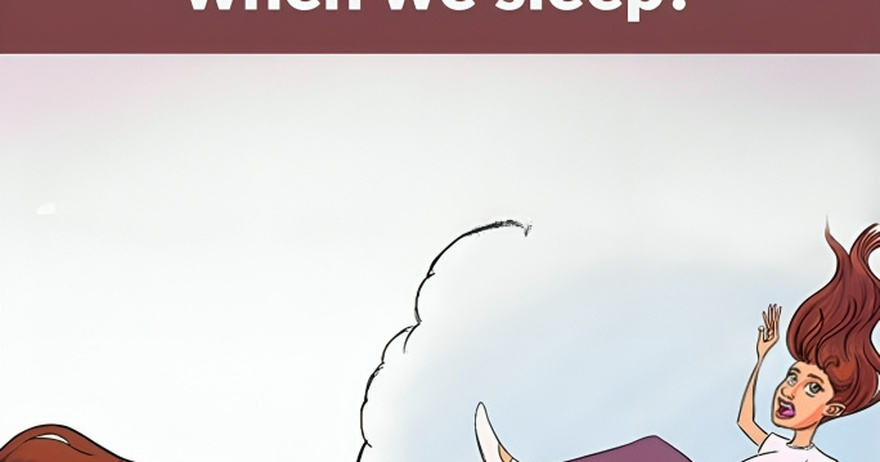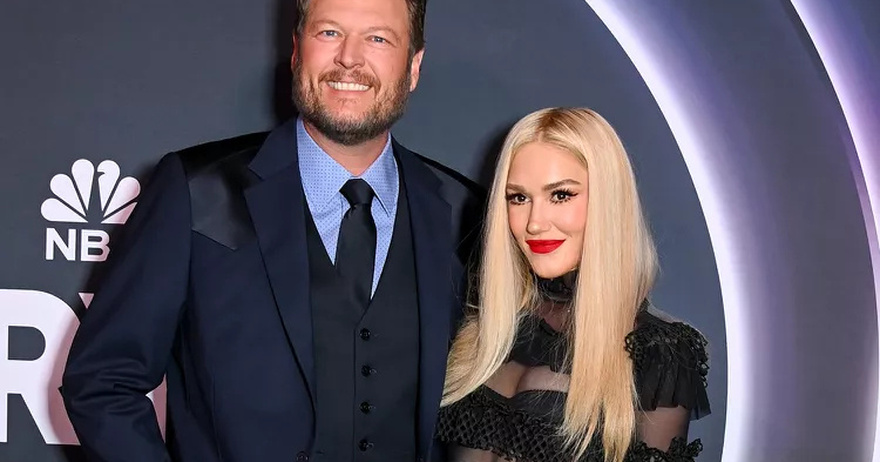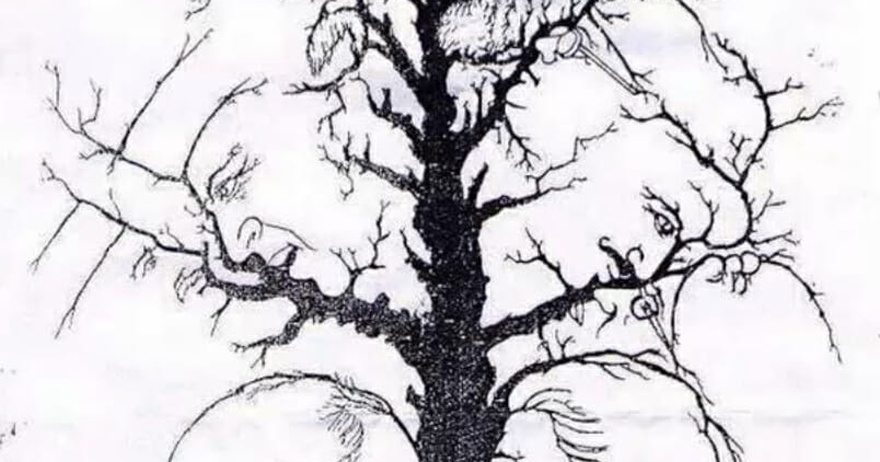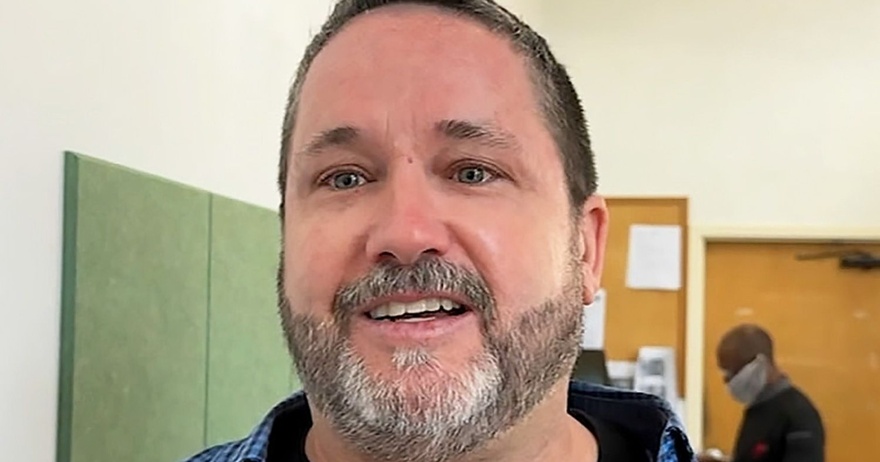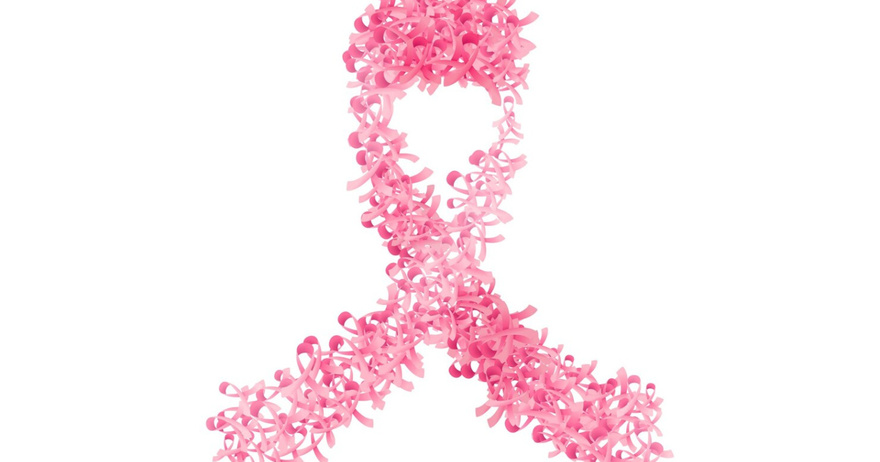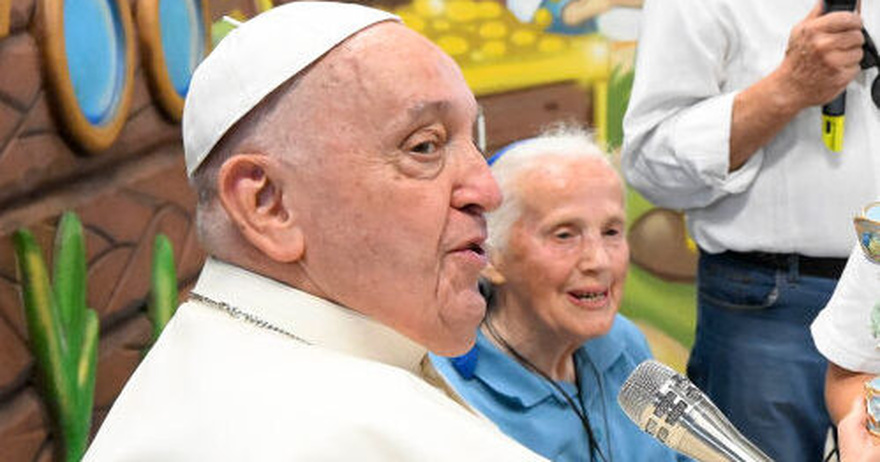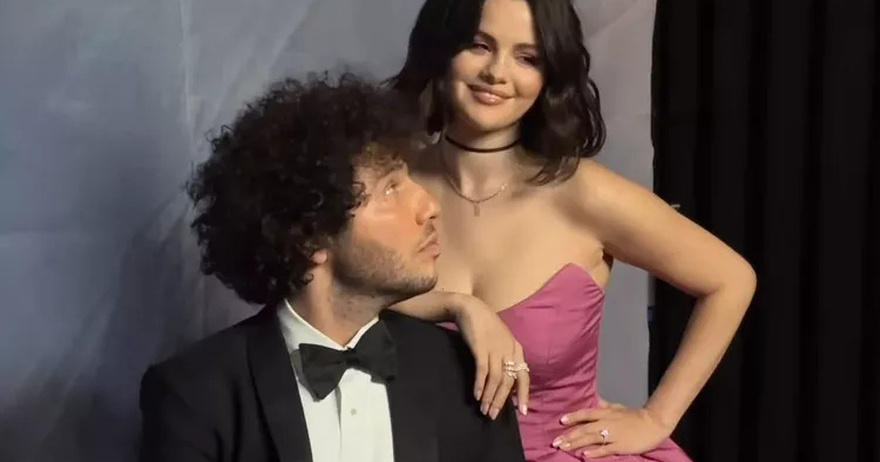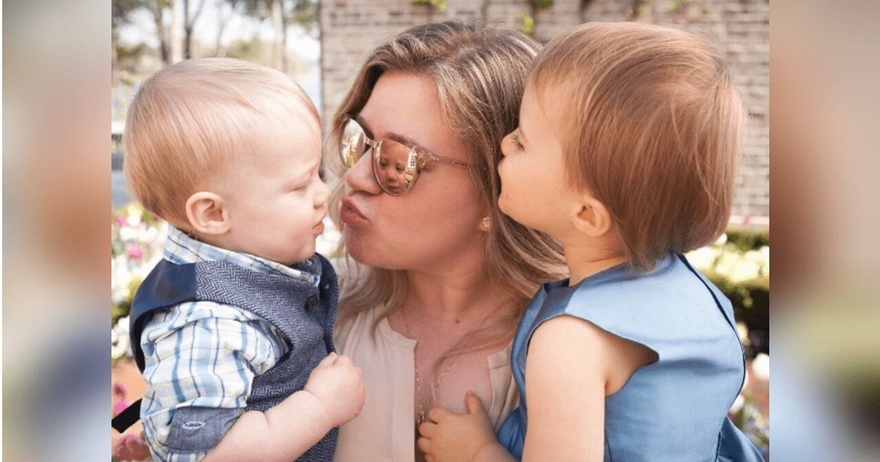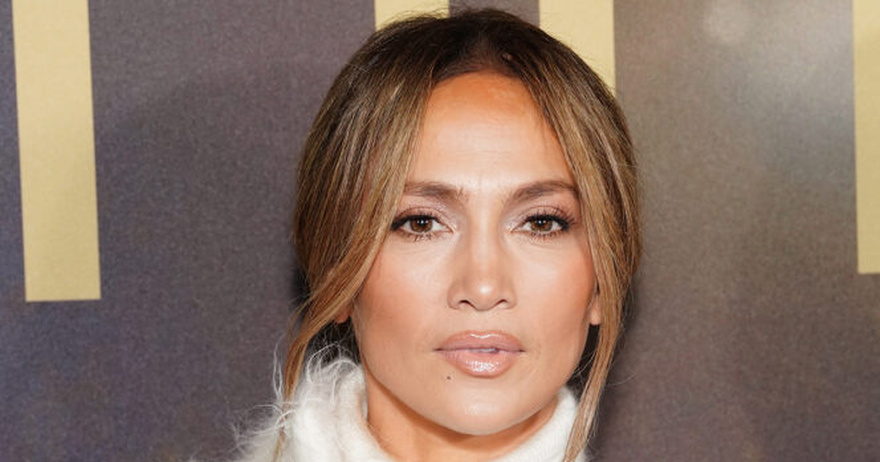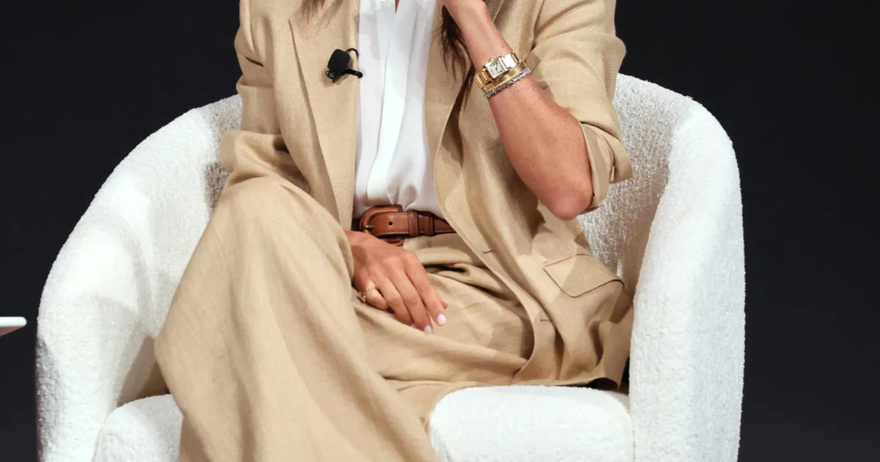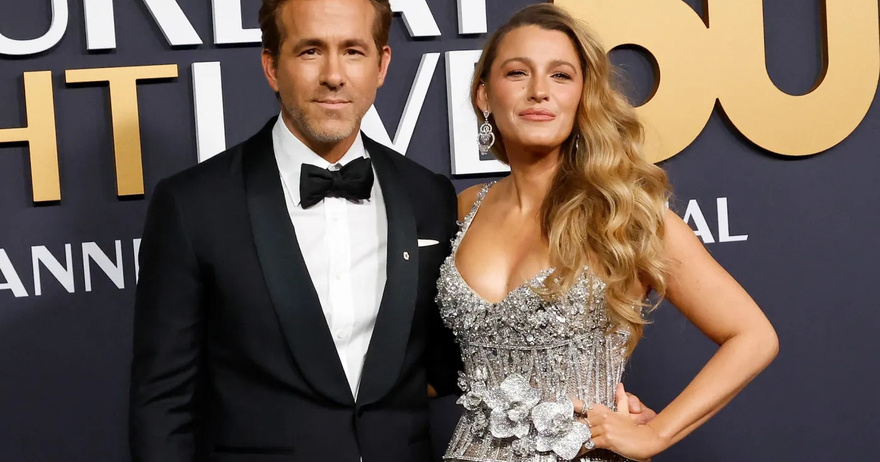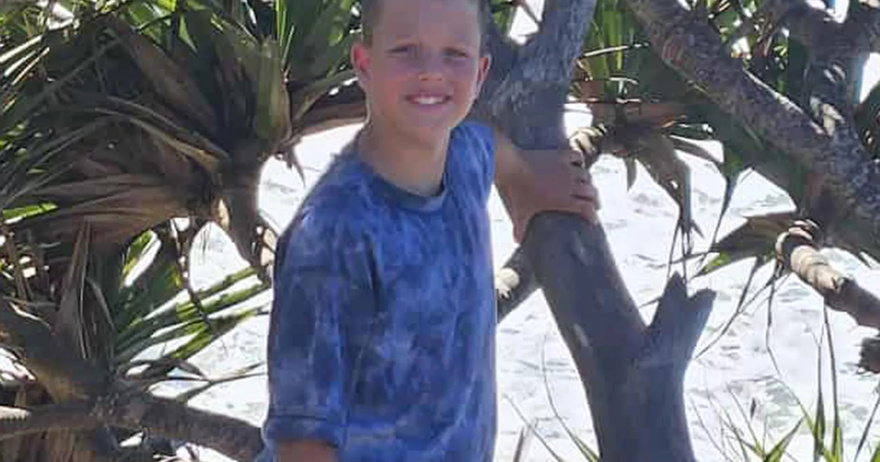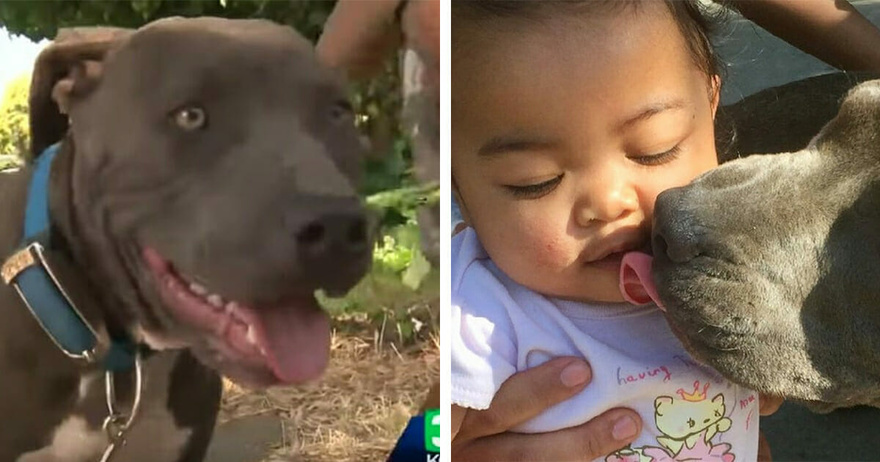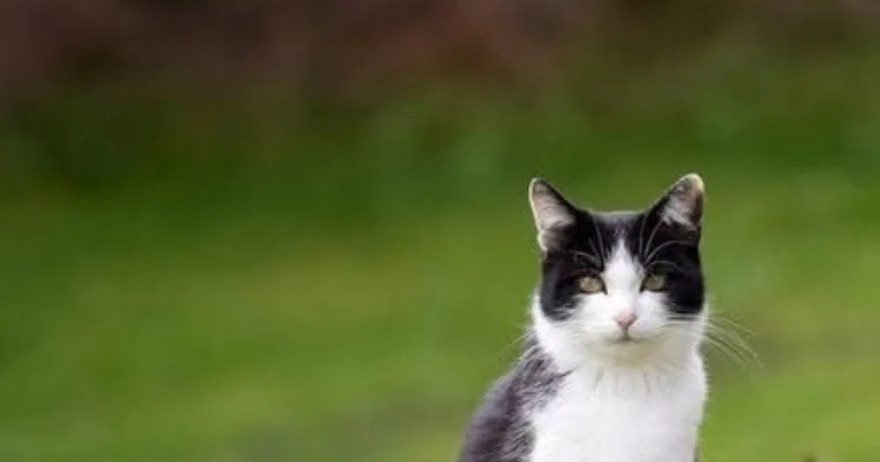At first glance, this riddle looks like an easy win. It involves horses, horseshoes, and boots—each representing a number. Your job is to figure out the value of each symbol and solve the final equation. But here’s the catch: almost everyone makes the same mistake, and the real answer is not what most people expect.
Let’s walk through the entire puzzle, step by step, and see why the correct answer is 21, not 41 or anything else. The key lies in the details—so read carefully.
The Puzzle Setup
There are three picture-based equations to solve before the final question. Each line includes symbols: a horse, a pair of horseshoes, and a pair of boots. Your task is to decode the value of each symbol and then plug those values into the last equation.
Video: Take a breather and enjoy the charm of these light-hearted challenges!
Step 1: Assigning Values to Each Symbol
Let’s label the items for clarity:
Horse = X
Horseshoe = Y
Boot = Z
Now, we solve the equations.
Equation 1: Horse + Horse + Horse = 30
3X = 30
Divide both sides by 3:
X = 10

Equation 2: Horse + Horseshoe + Horseshoe = 18
We already know Horse = 10
So:
10 + 2Y = 18
2Y = 8
Y = 4
Equation 3: Horseshoe – (Boot + Boot) = 2
We know Y = 4
4 – 2Z = 2
-2Z = -2
Z = 1
So now we have:
Horse = 10
Horseshoe = 4
Boot = 1
Seems easy enough, right? But here’s where people slip up.
The Final Equation: Boot + Horse × Horseshoe = ?
Here’s what most people do: 1 + 10 × 4 = 1 + 40 = 41
That’s the wrong answer. Why?
Because they didn’t look closely at the symbols in the final line.
Where Most People Go Wrong
In the earlier equations, the horseshoe symbol represents a pair of horseshoes, not one. So the value of Y = 4 means each horseshoe is worth 2.
Same with the boots—they appear as a pair in the third equation, meaning each individual boot equals 1.
So let’s re-analyze the final line based on what’s actually shown:
There is one boot = 1
One horse = 10
One horseshoe = 2 (because 4 was the value of a pair)
Final Equation Revisited: 1 (boot) + 10 (horse) × 2 (horseshoe)
Using correct order of operations: 10 × 2 = 20
1 + 20 = 21
Why the Right Answer Is 21
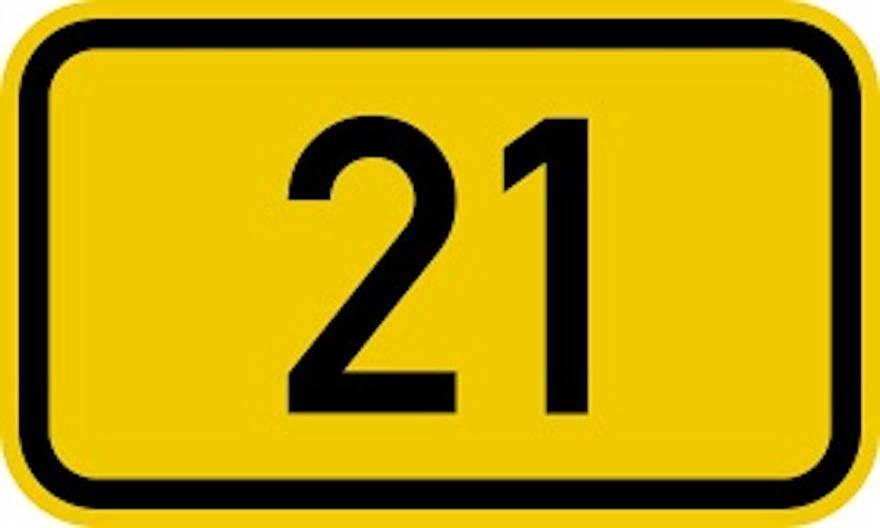
This isn’t just a math problem—it’s a visual logic test. Most people miss the detail that horseshoes and boots were originally shown in pairs. But in the final line, there’s only one of each. That changes the math entirely.
What makes this riddle so clever is how it uses symbols to subtly shift meaning. The numbers don’t change—but the quantity of each item does. And if you don’t look closely, you’re bound to fall into the trap.
Takeaways from the Puzzle
Video: Can You Solve The Four 9s Puzzle?
This puzzle reminds us how important it is to slow down, observe, and question our first instincts. It’s not about complex math—it’s about visual awareness and logical thinking. Always look at the fine details before you jump to conclusions.
Did you answer 21? If so, great job—you caught the trick most people missed. If not, now you know what to look for next time. Share this riddle with your friends and see how many catch the hidden twist.
Camila Cabello Takes Aim at Katy Perry Sharing Her Setlist on Space Trip to Promote Her Own Upcoming Tour
Lindsay Lohan Shows off Her Natural Glow in Makeup-Free Instagram Selfies
Do You Remember This Iconic Beauty Tool? If You’re Old Enough, You Might Recall Its Glamorous Days. Discover The Amazing Stories Behind Its Legacy
If Your Body Suddenly Jerks While You’re Falling Asleep, This Is What It Means
